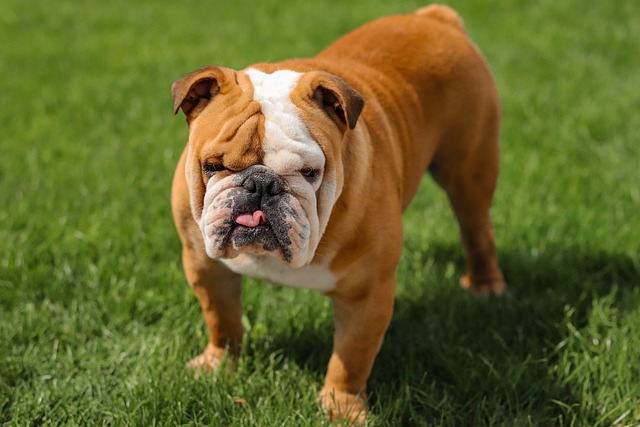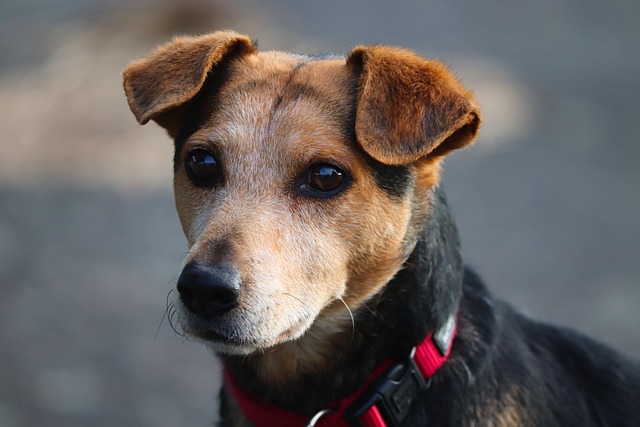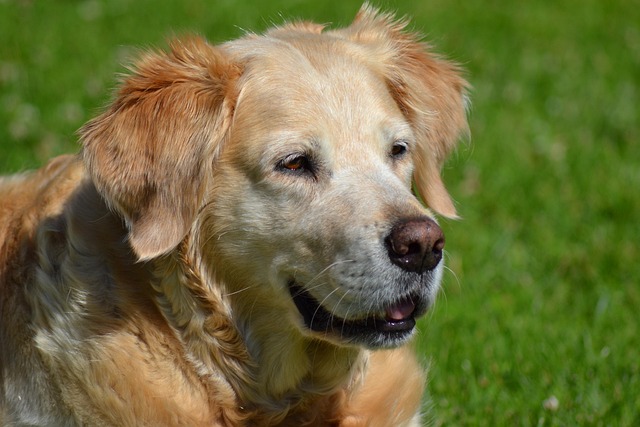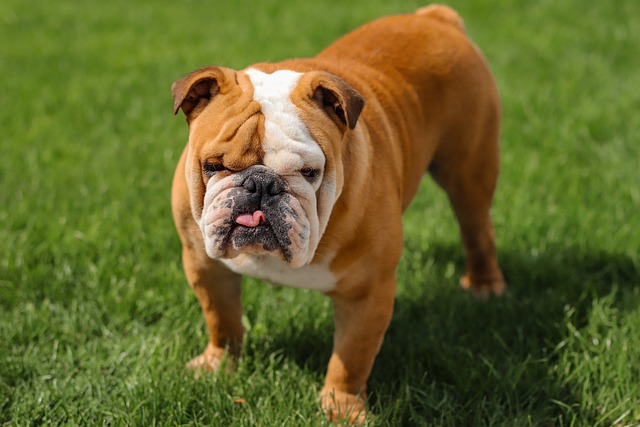
recovering from heat stroke symptoms dog: Key Do’s and Don’ts for New Owners
I sat with my friend Liam in his Texas living room last Wednesday, where his 3-year-old Husky mix, Max, lay on a cool towel—still panting softly
Honey is a common staple in many households, often used to sweeten drinks or top snacks—but when it comes to sharing it with our furry companions, questions naturally pop up. Many new dog owners wonder if this natural sweetener is safe, especially since some human foods can be toxic to dogs. The good news is that honey is generally safe for dogs, but it comes with important caveats that every pet parent should know to avoid unintended issues.
First, let’s break down why honey can be okay in small amounts. It contains natural sugars like glucose and fructose, which provide a quick energy boost—useful for active dogs or those recovering from mild illness. It also has trace amounts of vitamins and antioxidants, though these benefits are minimal compared to a balanced dog food. However, raw honey carries a critical risk: botulism spores. Puppies under one year old, senior dogs with weak immune systems, or dogs with chronic health issues (like diabetes) can’t fight these spores effectively, making raw honey off-limits for them. Even for healthy adult dogs, moderation is key—too much sugar can lead to obesity or dental problems.
 When you do decide to give honey to your dog, follow simple steps to keep it safe. Start with tiny portions: a quarter teaspoon for small breeds (like Chihuahuas) or up to a teaspoon for larger breeds (like Labradors) is more than enough, and only once or twice a week. Mix it into their regular food or spread a little on a chew toy—avoid giving it straight from the spoon, as it can stick to their teeth. Also, opt for pasteurized honey instead of raw; the pasteurization process kills botulism spores, eliminating that risk. Always check the label to ensure there are no added ingredients like xylitol, a sugar substitute that’s extremely toxic to dogs.
When you do decide to give honey to your dog, follow simple steps to keep it safe. Start with tiny portions: a quarter teaspoon for small breeds (like Chihuahuas) or up to a teaspoon for larger breeds (like Labradors) is more than enough, and only once or twice a week. Mix it into their regular food or spread a little on a chew toy—avoid giving it straight from the spoon, as it can stick to their teeth. Also, opt for pasteurized honey instead of raw; the pasteurization process kills botulism spores, eliminating that risk. Always check the label to ensure there are no added ingredients like xylitol, a sugar substitute that’s extremely toxic to dogs.
It’s also important to tie honey safety into broader responsible pet ownership habits common in many communities. Just like you’d clean up after your dog in public parks or keep up with their core vaccines, monitoring their treats—including honey—fits into keeping them healthy. Avoid using honey as a “reward” during training; stick to dog-specific treats instead, as they’re formulated to support positive reinforcement without extra sugar. If your dog has any underlying health conditions, always check with your vet before adding new foods like honey to their diet—this aligns with the focus on preventive care that’s central to good pet welfare.
At its core, sharing honey with your dog is a small, occasional indulgence, not a regular part of their diet. As long as you choose pasteurized varieties, keep portions tiny, and skip it entirely for puppies or dogs with health issues, it can be a harmless way to bond. Remember, the best way to keep your dog happy and healthy is through a balanced diet, regular exercise, and staying on top of their veterinary care—honey is just a sweet little bonus, not a necessity.

I sat with my friend Liam in his Texas living room last Wednesday, where his 3-year-old Husky mix, Max, lay on a cool towel—still panting softly

Watching a dog curl up quietly after a walk might make you think they’re all set—but figuring out if that activity was enough takes a little more attention.

You’re enjoying a sunny afternoon at the park when you notice your dog lagging behind, panting heavily with thick saliva, and seeming unsteady on their feet.

Last Friday evening, I rushed over to my friend Zoe’s place after she sent a frantic voice note—her 11-month-old Labradoodle, Cooper, was rubbing his face against the carpet nonstop

Honey is a common staple in many households, often used to sweeten drinks or top snacks—but when it comes to sharing it with our furry companions, questions naturally pop up.

I sat with my friend Lily in her living room last week, watching her 2-year-old Golden Retriever, Bailey, scratch his ears so hard he whimpered—his paws were red and raw from licking